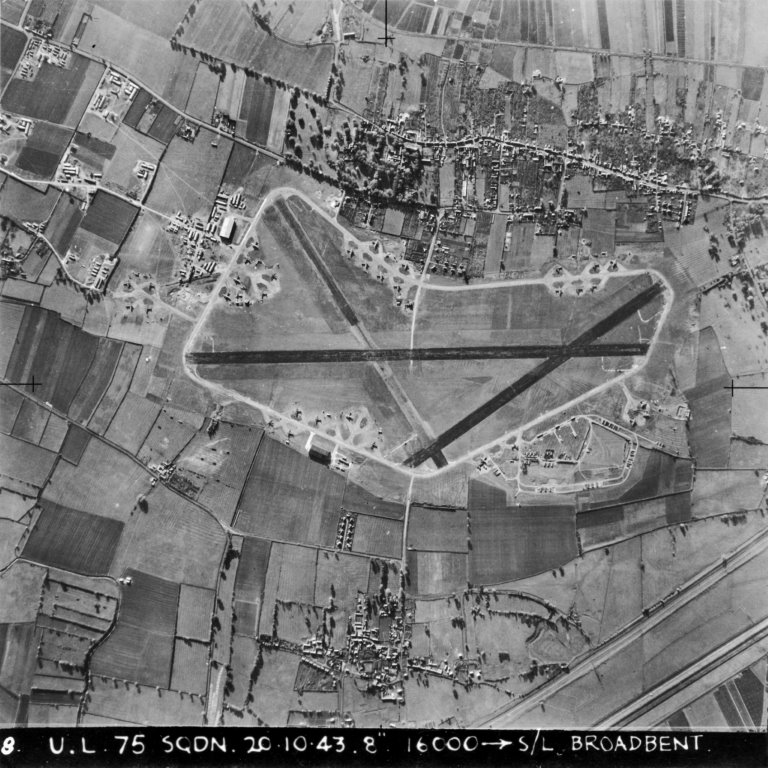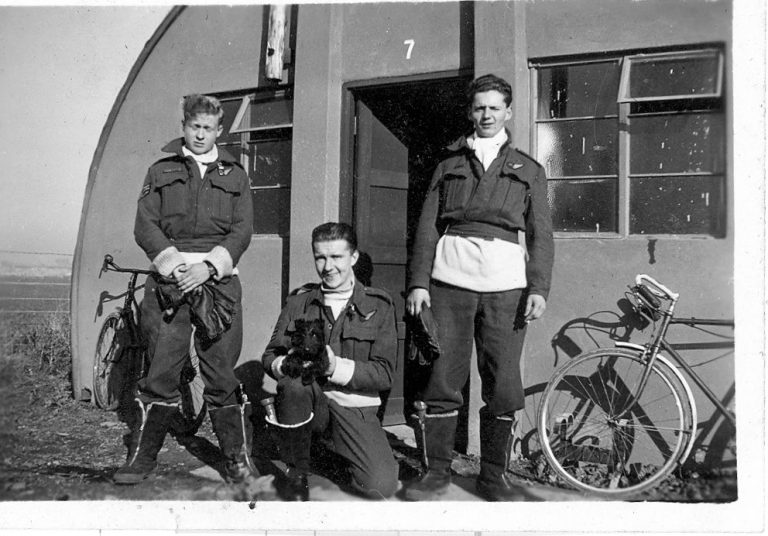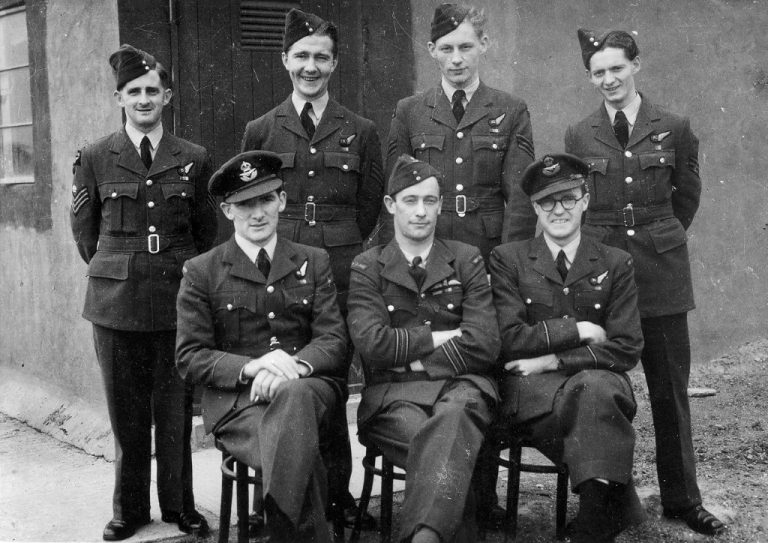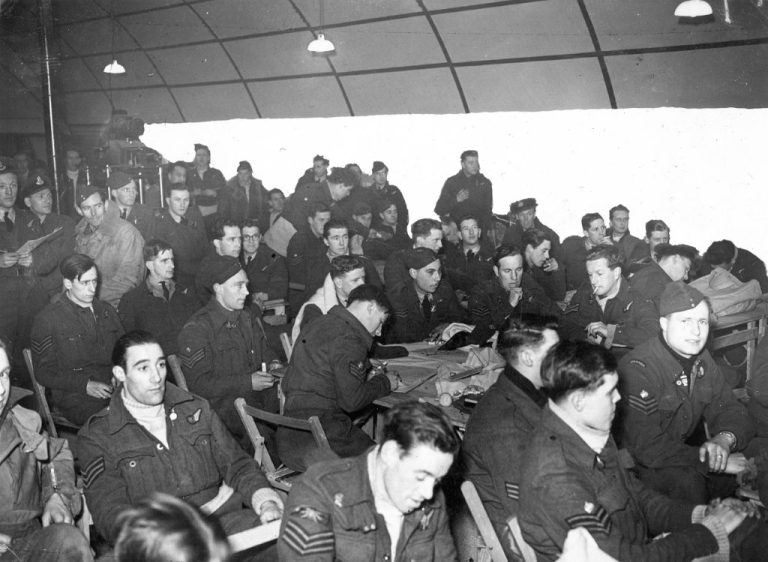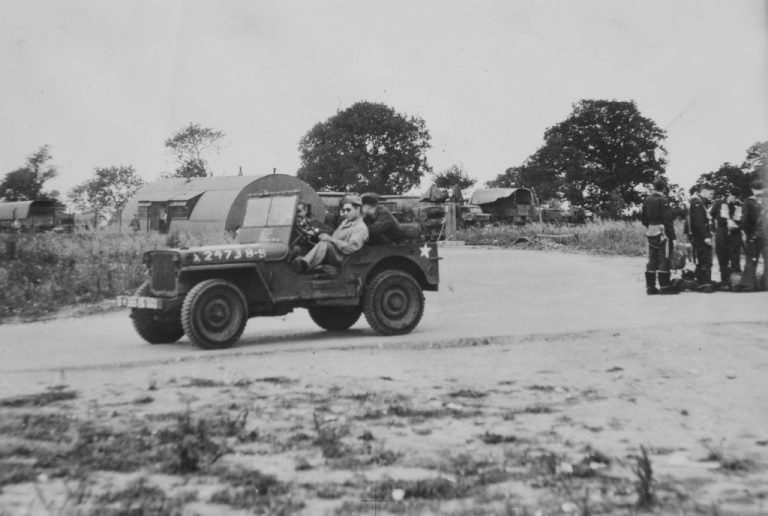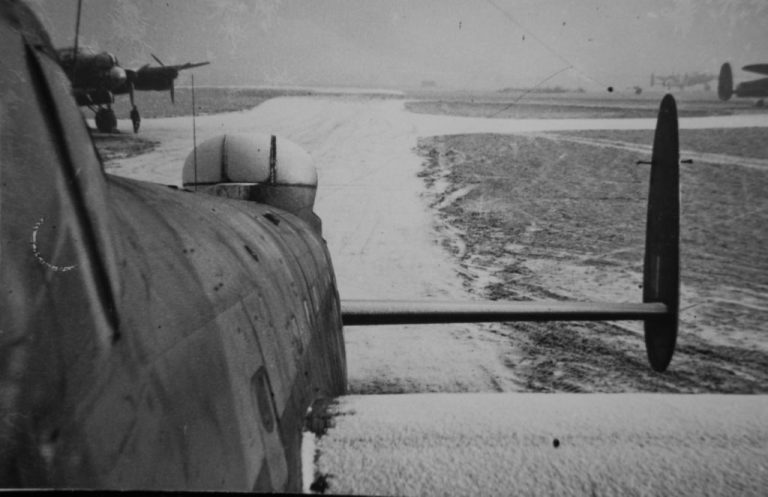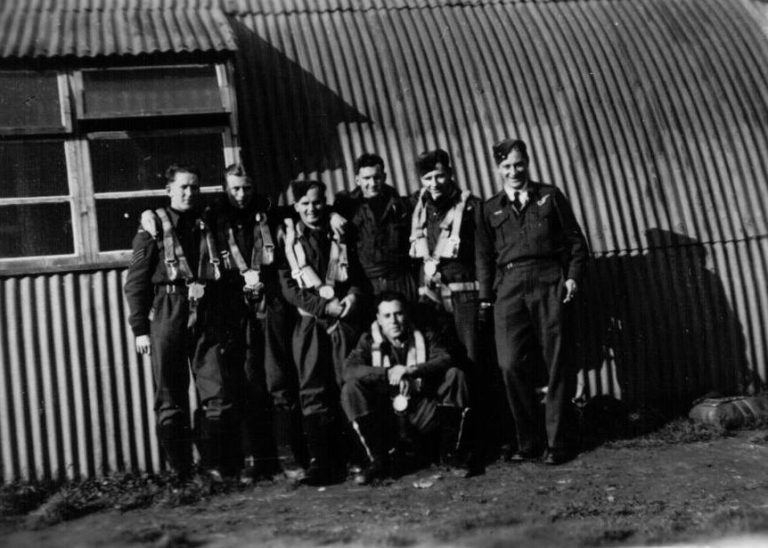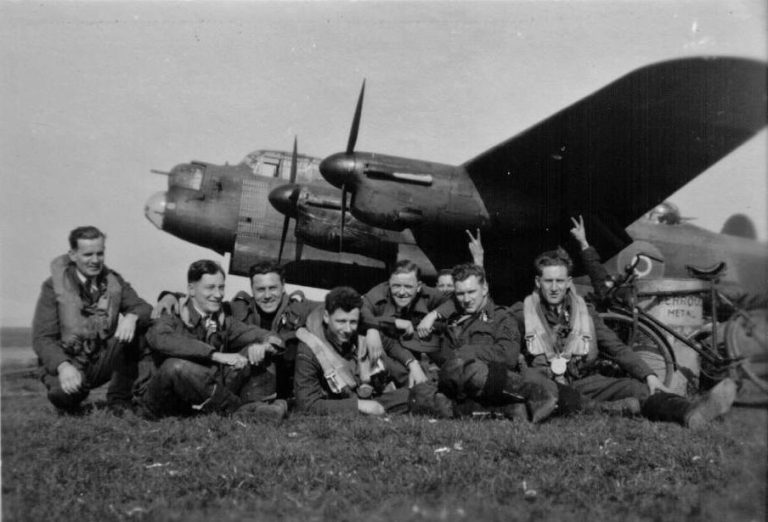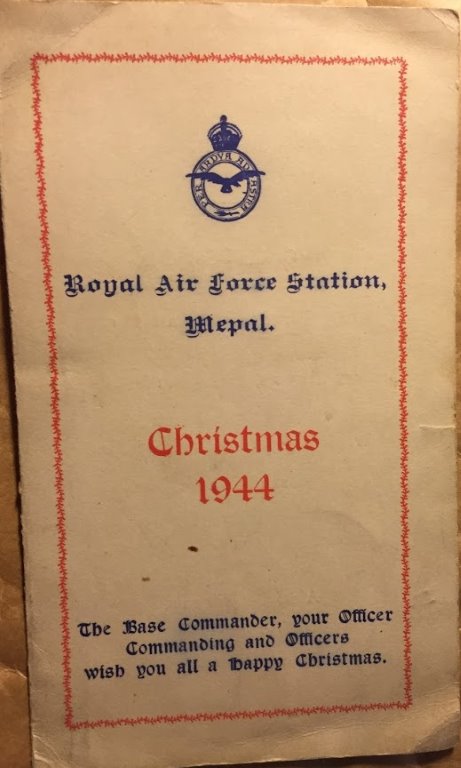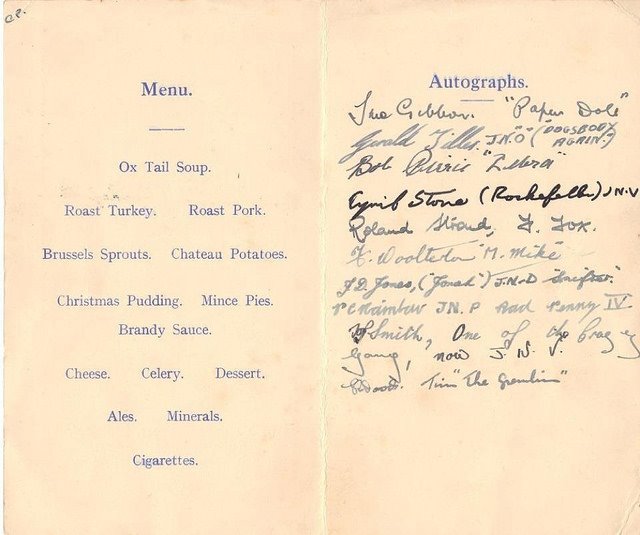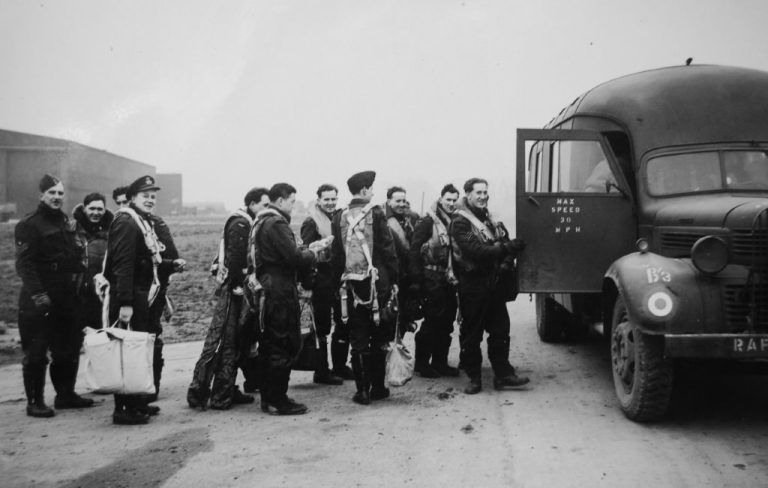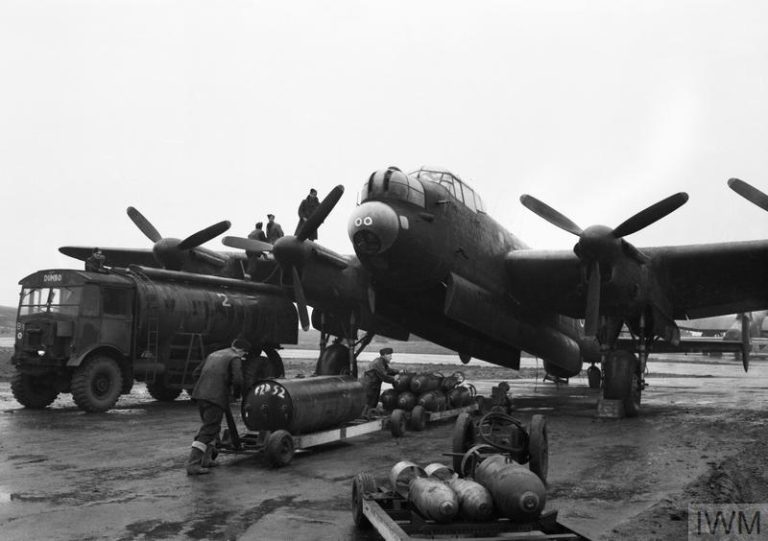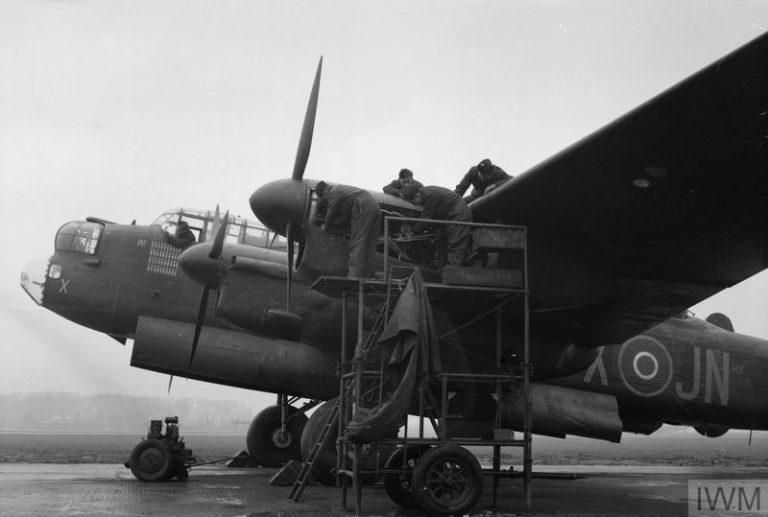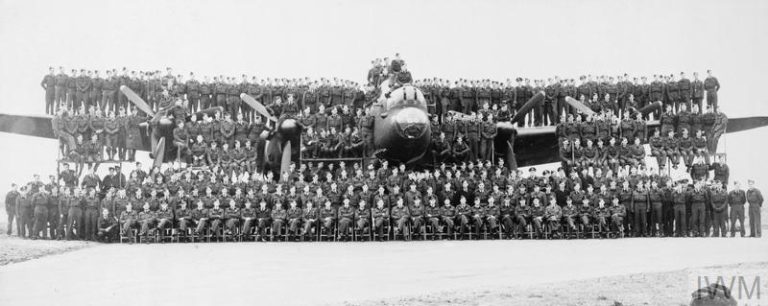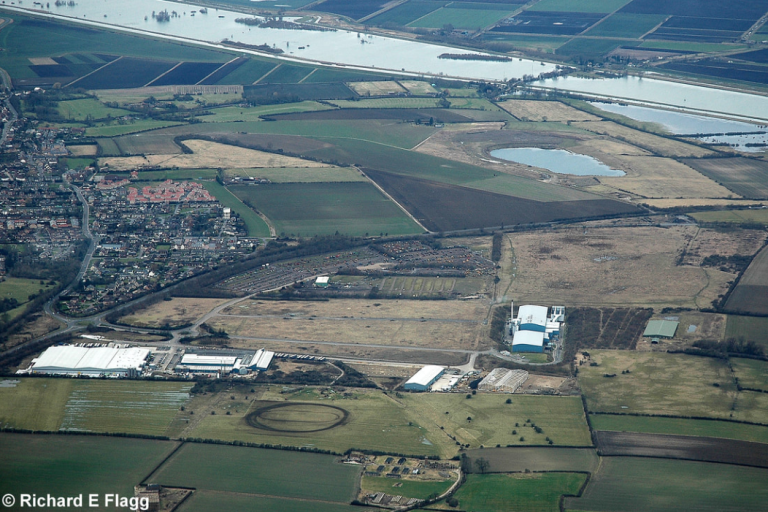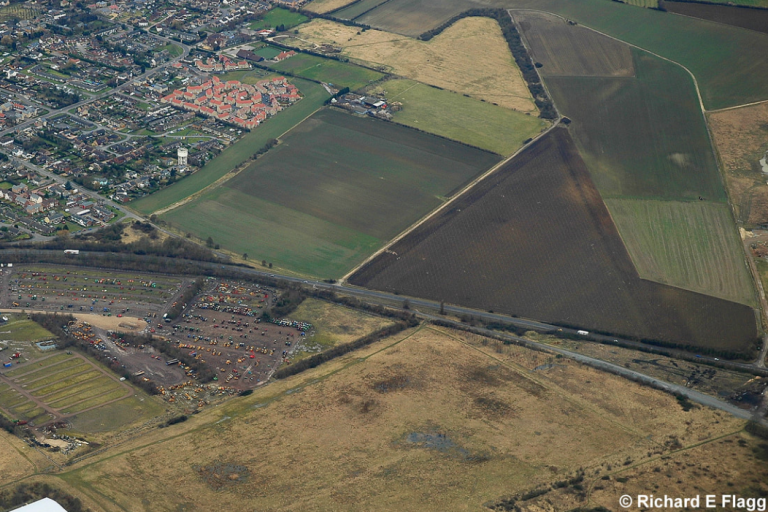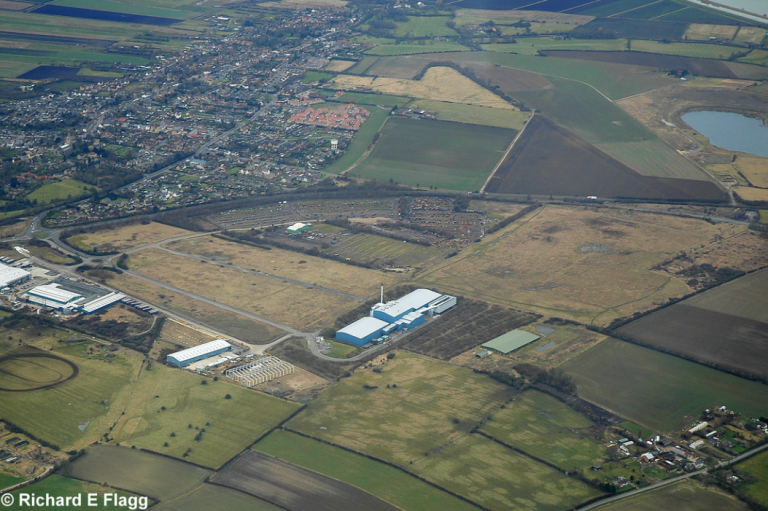Airfield search
Mepal

“
Energy Power Resources Limited runs the largest straw burning power station in the world at Mepal. A totally different but equally useful activity sees the East Anglian Working Newfoundlands club train these dogs at a lake on the airfield.
“| Also known as: | Elean Business Park / RAF Mepal / RAF Station, Mepal / Sutton (unofficial local name) |
| County: | Cambridgeshire |
| Current Status: | Dog training / Farmland / Housing / Industry / Public road |
| Date: | April 1943 - 1963 |
| Current Use: | Disused |
| Used By: | RAF |
| Landing Surface Type(s): | Paved |
| Aircraft Role(s): | Bomber / Missile |
Mepal opened in April 1943 as a satellite for Waterbeach. The village of Sutton was nearer but its name could not be used due to potential nominal confusion elsewhere. No 1665 Heavy Conversion Unit formed at Mepal with Short Stirlings as a training element under Bomber Command. It made way after only a few days to Waterbeach for the operational No 75 Squadron with more Stirlings. The New Zealand unit would become a permanent fixture at the airfield for the rest of the war. Original Mark I versions of the aircraft were gradually replaced with Mark IIIs from the spring of 1943 and No 75 Squadron flew over 1,700 sorties from both Mepal and its previous base Newmarket Heath on minelaying and bomber missions, losing over 70 aircraft.
The Stirlings were replaced by Avro Lancasters in March 1944, with operational flight numbers increasing for the rest of the war. After No 75 Squadron finally moved from here to Spilsby in July 1945, more Lancasters of Nos 7, 44 and 49 Squadrons then quickly arrived that summer of 1945 with the winding down of activity around the country at the end of the war. Nos 7 and 49 stayed for a time but eventually left for Upwood on 29 July 1946 and Mepal was immediately put under Care and Maintenance.
Mepal was loosely maintained after World War Two by initially the RAF and then in the 1950s the Americans until No 113 Squadron reformed on 22 July 1959 when it became home to the unit’s Thor nuclear missiles. These weapons remained until July 1963 having been at a particularly high state of readiness during the Cuban Missile Crisis. With the missiles gone Mepal closed and the majority of the land returned to agriculture. Some buildings have seen use for industry although most have now been demolished, including the control tower. The three runways, 36 dispersals and the majority of the perimeter track have also been removed leaving little trace of this once busy bomber airfield. A public road that crossed the airfield and had to be closed in wartime was reopened before the 1940s ended.
The following organisations are either based at, use and/or have at least potentially significant connections with the airfield (as at 01/06/2019):
- BNB Developments Ltd
- Cheffins (Cambridge Machinery Sales) – world’s biggest monthly machinery and plant sale
- East Anglian Working Newfoundlands
- EPR Ely Limited – Elean Power Station
- Isle Target Sports Club – established 1979, uses original airfield shooting range on west side where heavy bomber machine-guns were tested for accuracy and upon repair
- Jardin Corrugated Cases Ltd
- M C V Bus & Coach Ltd
- Mepal Parish Council
- Sutton Parish Council
- The Chequers, Sutton – pub contains photographs of airfield
Notable Past Associated Organisations:
- Mepal Outdoor Centre
Main unit(s) present:
- No 7 Sqn
- No 44 Sqn
- No 49 Sqn
- No 75 Sqn
- No 113 Sqn
- No 1665 HCU
- Station Flight, Mepal
Photographs and video from the memorial unveiling at Mepal, 28 July 2019:
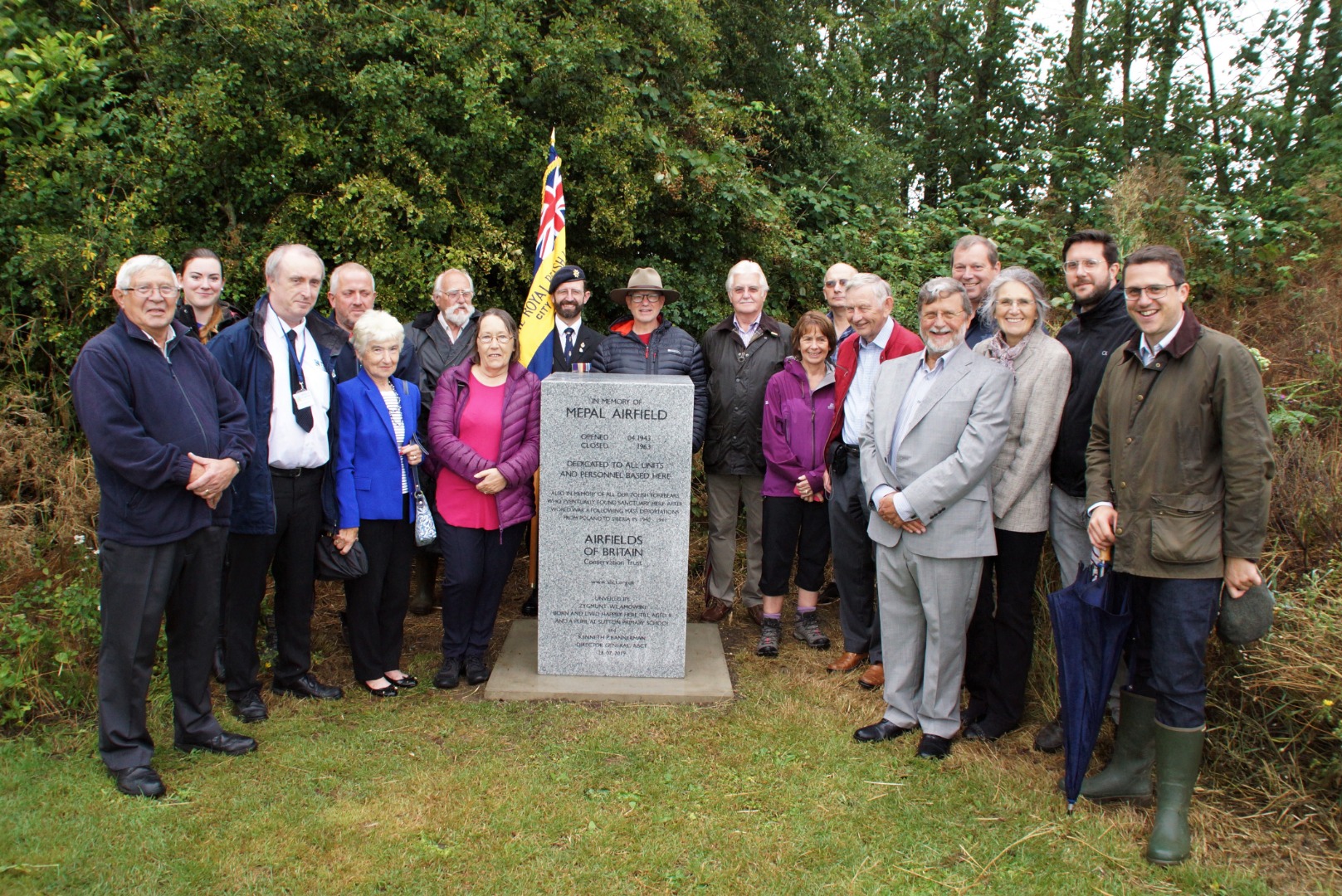
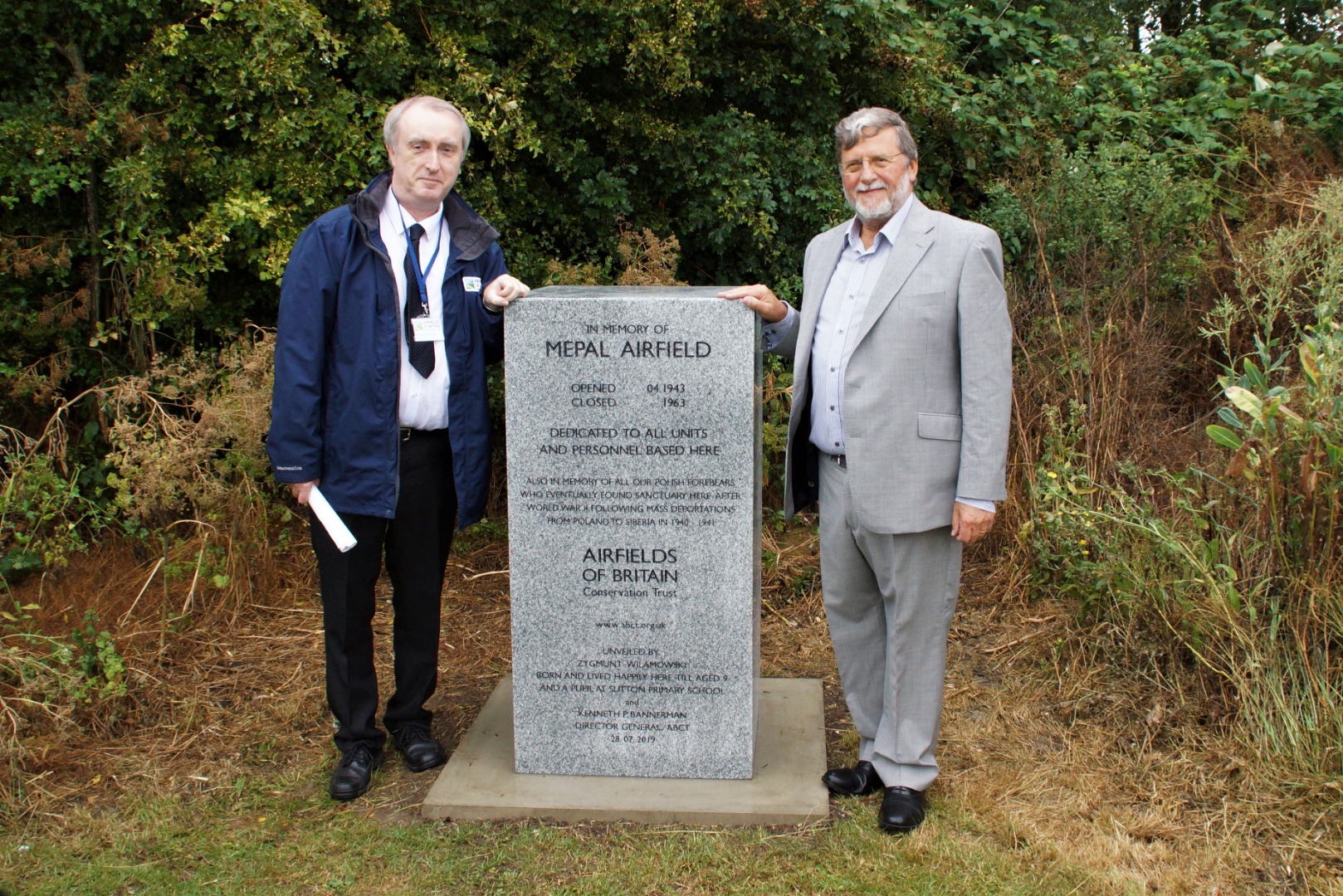
Kenneth Bannerman with Zig Wilamowski, who helped unveil the stone.
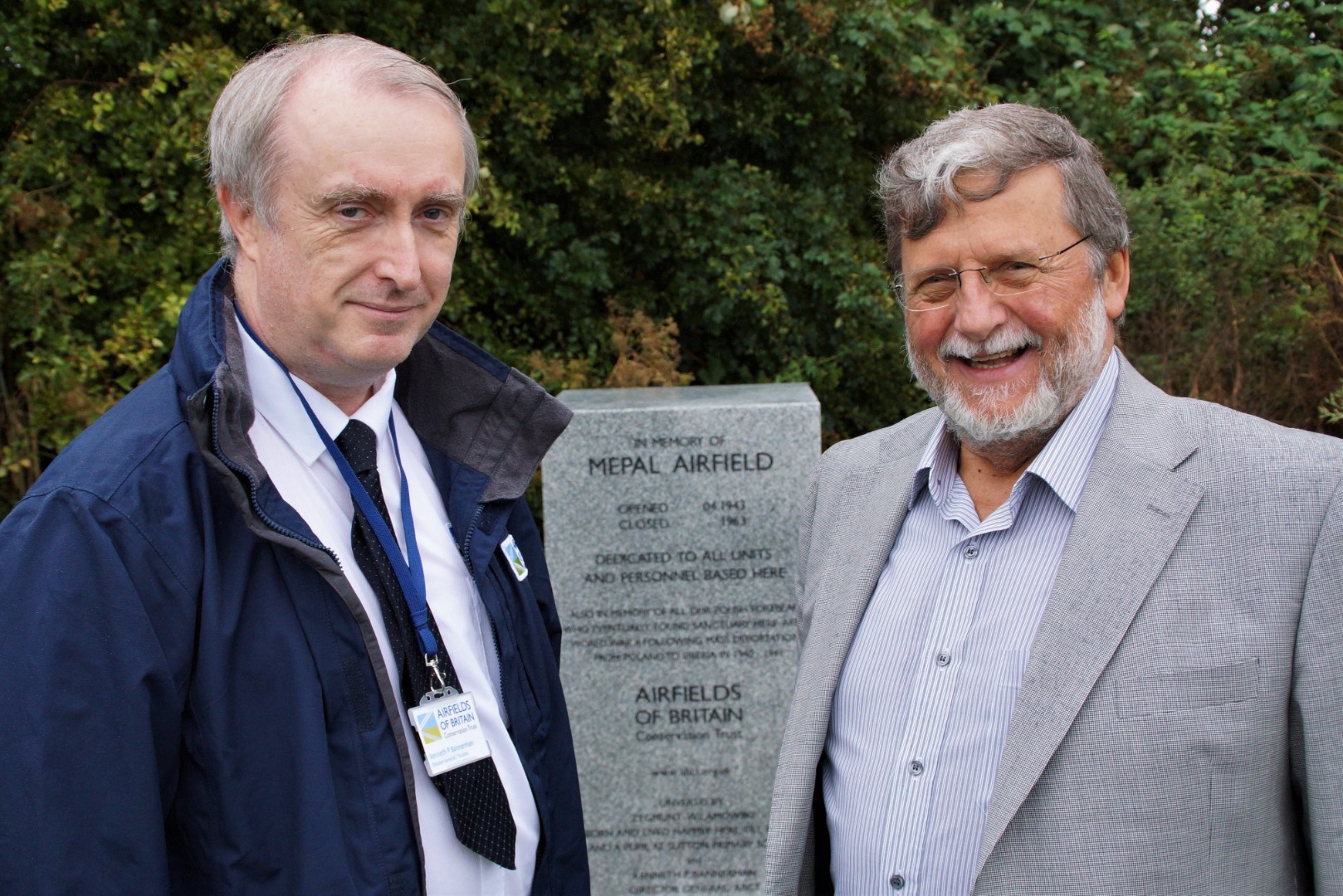
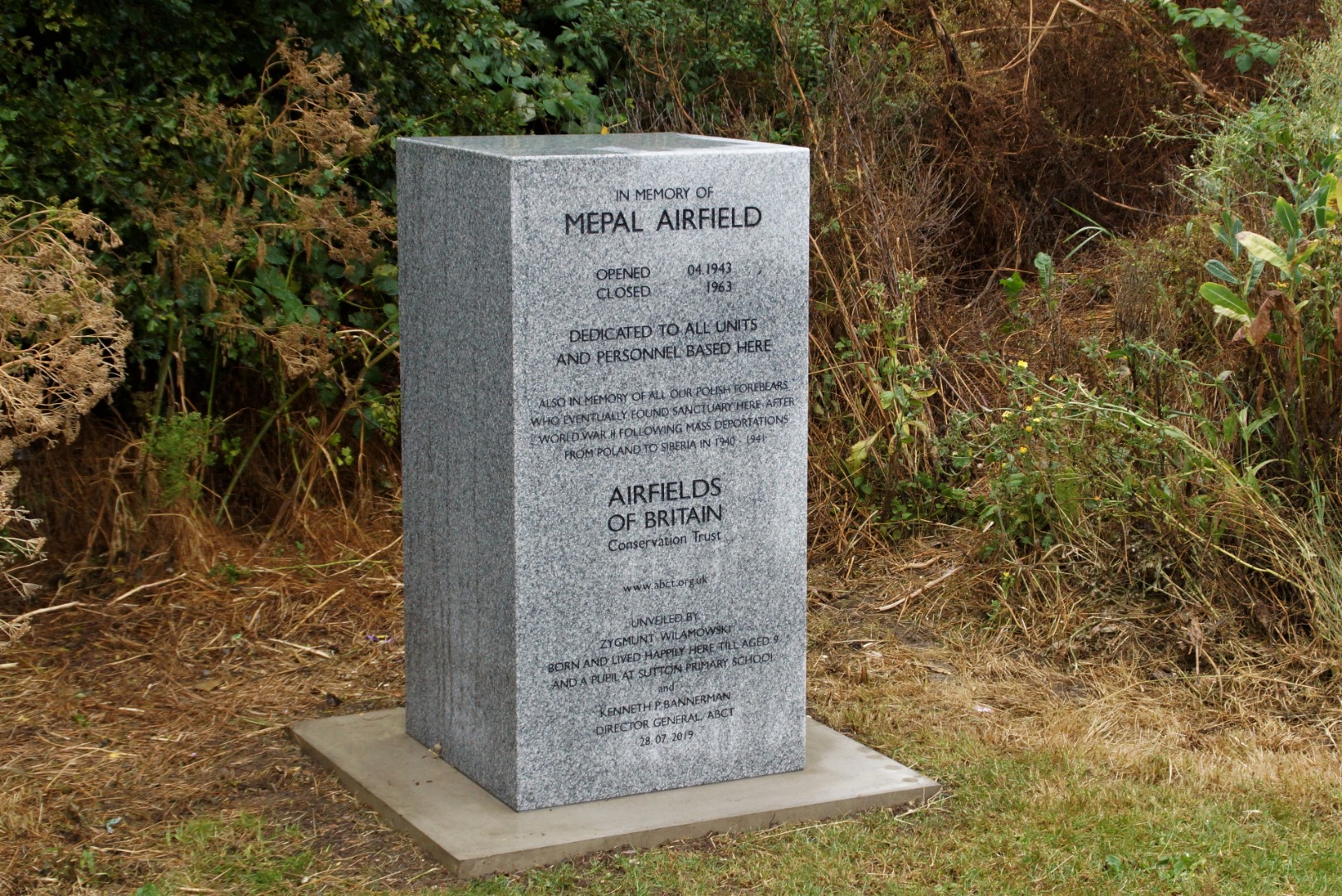
Aerial photograph of Mepal, 20 October 1943. Courtesy of New Zealand Bomber Command Association/Broadbent
Personnel at Mepal during the Second World War. Courtesy of New Zealand Bomber Command Association/Fearon
Personnel at Mepal during the Second World War. Courtesy of New Zealand Bomber Command Association/Fearon
Personnel at Mepal during the Second World War. Courtesy of New Zealand Bomber Command Association/Fearon
Mepal during the Second World War. Courtesy of New Zealand Bomber Command Association/Croker
Winter at Mepal during the Second World War. Courtesy of New Zealand Bomber Command Association
Personnel at Mepal during the Second World War. Courtesy of New Zealand Bomber Command Association/Selwood
Personnel at Mepal in front of their Avro Lancaster during the Second World War. Courtesy of New Zealand Bomber Command Association/Selwood
The Christmas Menu for 1944 at Mepal. Courtesy of New Zealand Bomber Command Association/ McGibbon
The Christmas Menu for 1944 at Mepal. Courtesy of New Zealand Bomber Command Association/ McGibbon
A crew bus at Mepal, 1945. Courtesy of New Zealand Bomber Command Association
Ground crews refuelling and bombing up an Avro Lancaster of No 75 (New Zealand) Squadron RAF at Mepal for a night raid on Krefeld, Germany. © IWM (CH 14680)
Mechanics working on the port-outer Merlin engine of a No 75 (New Zealand) Squadron Lancaster at Mepal, 9 February 1945. © IWM (CH 14681)
The personnel of No 75 (New Zealand) Squadron RAF assembled in front of, and on, an Avro Lancaster at Mepal, 1945. © IWM (HU 94991)
Aerial view of Mepal airfield, 22 February 2009. © Richard Flagg
Aerial view of Mepal airfield, 22 February 2009. © Richard Flagg
Aerial view of Mepal airfield, 22 February 2009. © Richard Flagg
‘Maximum Effort’ wartime documentary, 1944, featuring Mepal. Courtesy of Zoran Petek
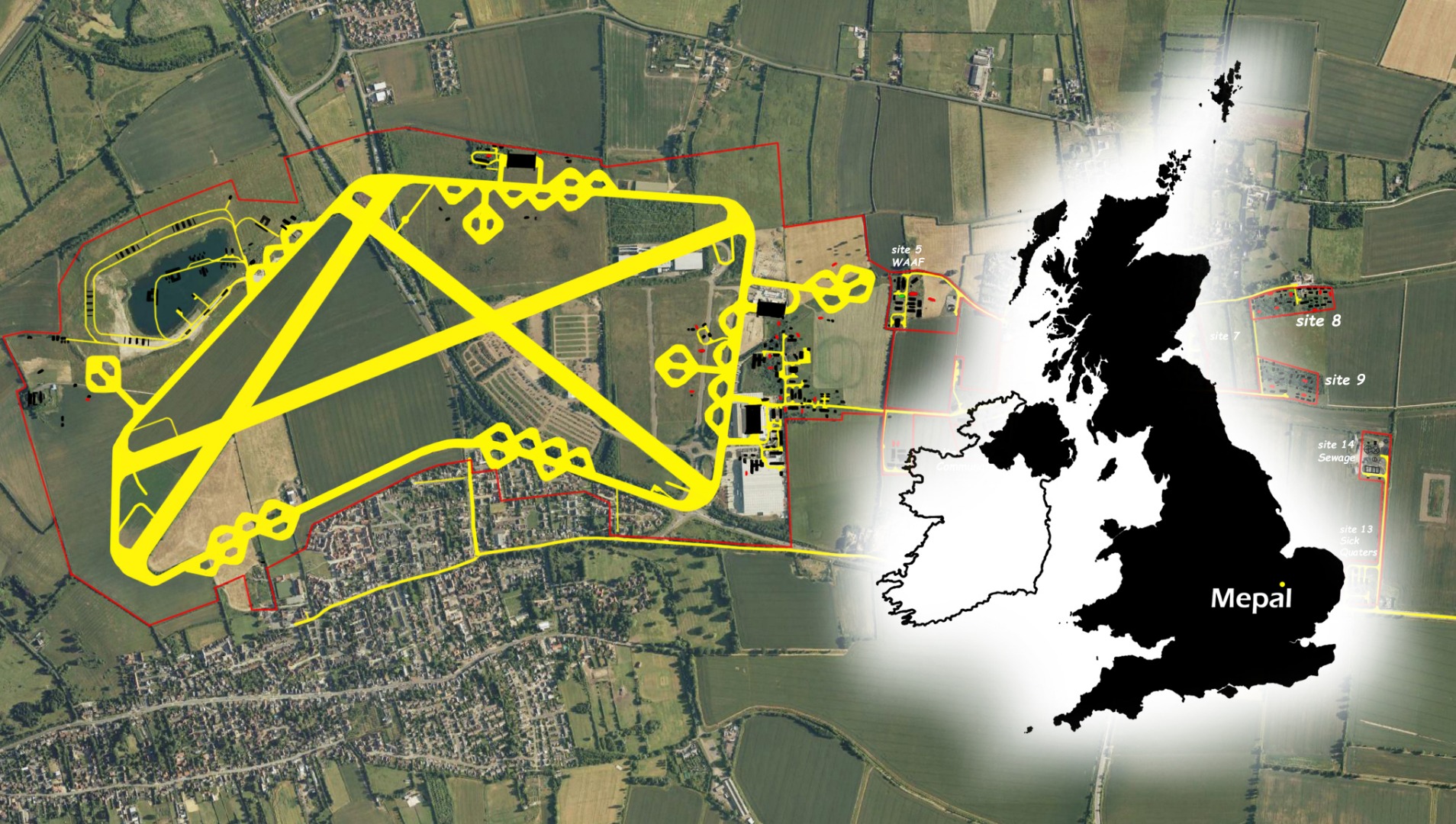
Plan of Mepal. Courtesy of Ed Andrews
| Parent(s)/HQ Airfield(s): | |
| Bomber Command Base Station(s): |

